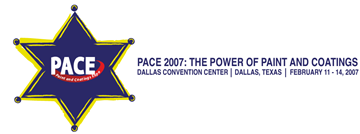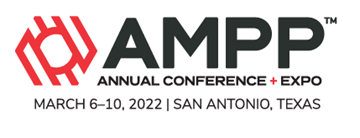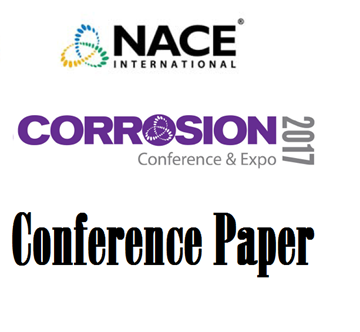Search
Products tagged with 'carbon dioxide'
View as
Sort by
Display
per page
Experimental Studies on the Stability of Highly Sour Corrosion Product Layers
Product Number:
51324-21028-SG
Publication Date:
2024
$40.00
Extending the Function of Concrete as a Cladding Material
Product Number:
41207-299-SG
Publication Date:
2007
$20.00
Field Testing of Self-Healing Metallic Coatings for Internal Corrosion Protection of Natural Gas Pipelines
Product Number:
51323-18857-SG
Publication Date:
2023
$20.00
Highlighting Challenges with Corrosion Inhibitor Qualification Under High H2S, Sour Conditions
Product Number:
51323-19243-SG
Publication Date:
2023
$20.00
Impact of Internal CO2 Corrosion of Mild Steel Pipelines on Solid Hydrate Particles
Product Number:
51321-16391-SG
Publication Date:
2021
$20.00
Implementation of Strong Acid and CO2 Corrosion in CFD Software
Product Number:
51324-21225-SG
Publication Date:
2024
$40.00
Incorporating Monte Carlo Analysis into a State-of-the-Art Corrosion Prediction System
Product Number:
51323-18910-SG
Publication Date:
2023
$20.00
ISO 27913 - Example for Successful Standardization Activities in the Field of CCUS
Product Number:
51324-20592-SG
Publication Date:
2024
$40.00
Numerical Exploration of a Comprehensive Mechanistic CO2 Corrosion Model Part II: Influence of Hydrodynamics and Bulk pH
Product Number:
51323-19305-SG
Publication Date:
2023
$20.00
RP0475-1998 Selection of Metallic Materials to Be Used in All Phases of Water Handling for Injection into Oil-Bearing Formations
Product Number:
21014-SG
Publication Date:
1998
$179.00
SCC Of Tensile Wires At High CO2 Partial Pressure In Simulated Annulus Environments Of Flexible Pipes
Product Number:
51322-17898-SG
Publication Date:
2022
$20.00
Study on Effect of Buffer Capacity on Corrosion Performance of CRAs in Simulated Well Condition
Product Number:
51317--9283-SG
ISBN:
9283 2017 CP
Publication Date:
2017
$20.00












